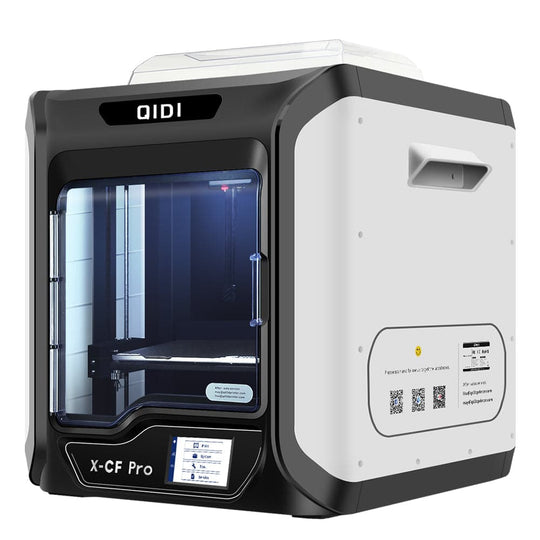In recent years, the world of 3D printing has undergone significant transformation, particularly in the realm of Fused Deposition Modeling (FDM). This technology has become increasingly popular due to its accessibility and versatility. Understanding the various 3D printer FDM types is essential for anyone looking to dive into this innovative field.

What are FDM 3D Printers?
FDM printers operate by melting thermoplastic filaments and extruding them layer by layer to create a three-dimensional object. This method is widely used in both industrial and personal applications. But what are the different 3D printer FDM types available today?
Types of FDM 3D Printers
- Cartesian Printers: These are the most common type of FDM printers. They use a Cartesian coordinate system to move the print head and build platform. Their simplicity and reliability make them a popular choice for beginners.
- Delta Printers: Delta printers utilize a unique design with three arms that move in unison to position the print head. This allows for faster printing speeds and greater accuracy, making them suitable for more complex designs.
- CoreXY Printers: This type combines the benefits of Cartesian and delta systems. They offer high-speed printing and a compact design, making them ideal for users with limited space.
- SCARA Printers: SCARA (Selective Compliance Assembly Robot Arm) printers are less common but provide unique advantages in specific applications, such as multi-material printing.
Choosing the Right FDM Printer
When selecting a 3D printer FDM type, consider the following factors:
- Print Quality: Different printers offer varying levels of detail. Higher-end models typically provide superior resolution.
- Build Volume: Assess the size of the objects you intend to print. Larger build volumes allow for bigger projects.
- Material Compatibility: Ensure the printer can handle the types of filament you plan to use, such as PLA, ABS, or PETG.
- Ease of Use: Some printers come with user-friendly interfaces and features that simplify the printing process.
Future Trends in FDM Technology
The future of 3D printer FDM types looks promising, with advancements in materials and printing techniques. Innovations such as multi-material printing and improved software for slicing are paving the way for more complex and intricate designs. As technology continues to evolve, we can expect to see even more applications for FDM printing in various industries.
Conclusion
Understanding the different 3D printer FDM types is crucial for making informed decisions in the world of 3D printing. Whether you are a hobbyist or a professional, knowing the nuances of each type can significantly impact your projects. For those interested in exploring high-quality options, consider visiting for a range of FDM printers that cater to various needs.




